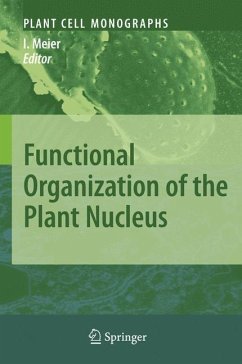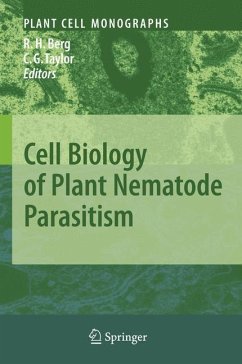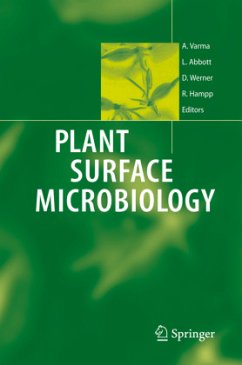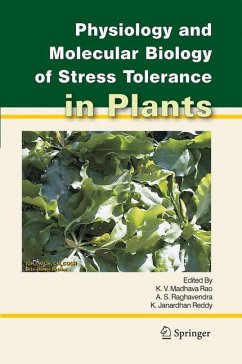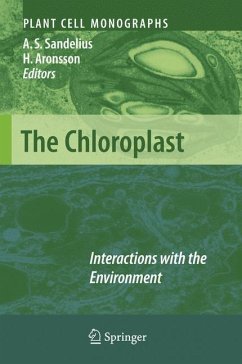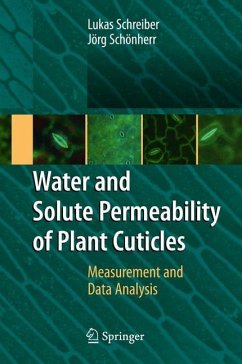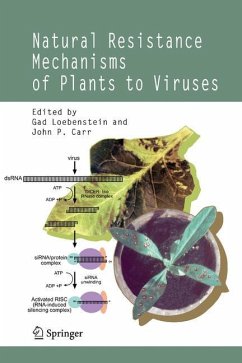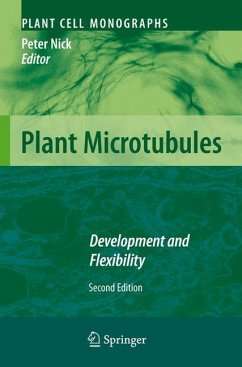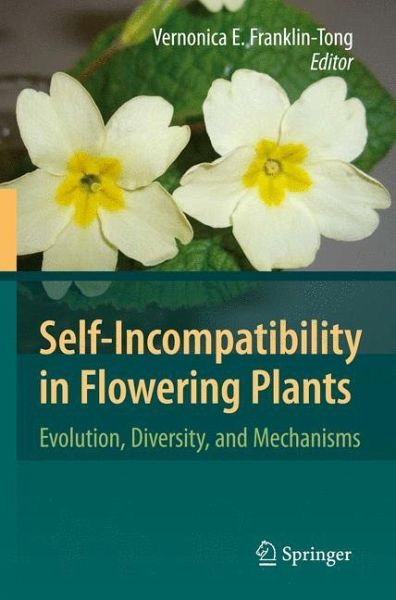
Self-Incompatibility in Flowering Plants
Evolution, Diversity, and Mechanisms
Herausgegeben: Franklin-Tong, Vernonica E.
Versandkostenfrei!
Versandfertig in 6-10 Tagen
113,99 €
inkl. MwSt.

PAYBACK Punkte
57 °P sammeln!
Great progress has been made in our understanding of pollen-pistil interactions and self-incompatibility (SI) in flowering plants in the last few decades. This book covers a broad spectrum of research into SI, with accounts by internationally renowned scientists. It comprises two sections: Evolution and Population Genetics of SI, Molecular and Cell Biology of SI Systems. The reader will gain an insight into the diversity and complexity of these polymorphic cell-cell recognition and rejection systems. Heteromorphic and homomorphic SI systems and our current understanding of the evolution and ph...
Great progress has been made in our understanding of pollen-pistil interactions and self-incompatibility (SI) in flowering plants in the last few decades. This book covers a broad spectrum of research into SI, with accounts by internationally renowned scientists. It comprises two sections: Evolution and Population Genetics of SI, Molecular and Cell Biology of SI Systems. The reader will gain an insight into the diversity and complexity of these polymorphic cell-cell recognition and rejection systems. Heteromorphic and homomorphic SI systems and our current understanding of the evolution and phylogeny of these systems, based on the most recent molecular sequence data, are covered. Further, the book presents major advances in our knowledge of the pistil and pollen S-determinants and other unlinked components involved in SI, as well as the apparently diverse cellular regulatory mechanisms utilised to ensure inhibition of "self" pollen.





